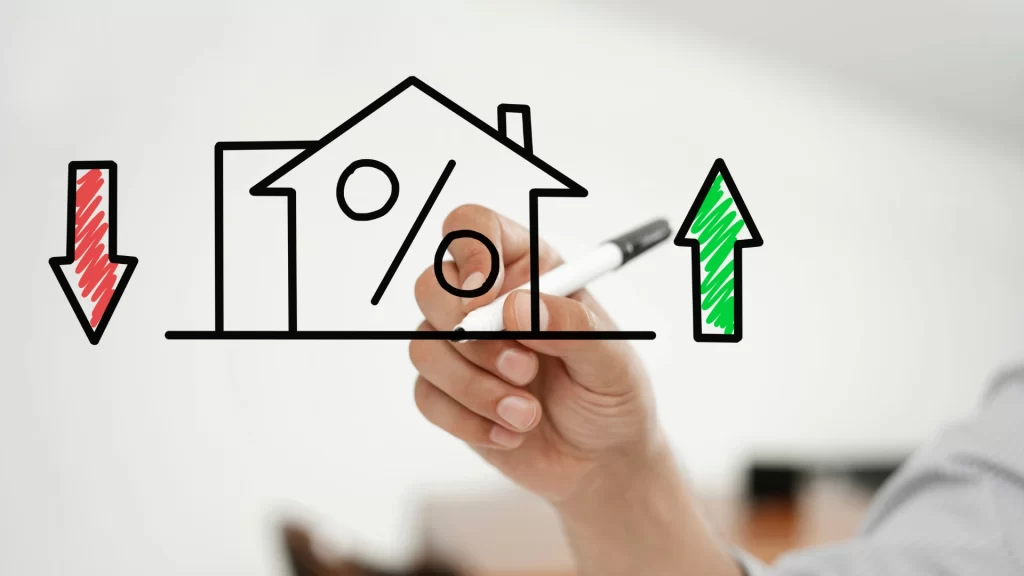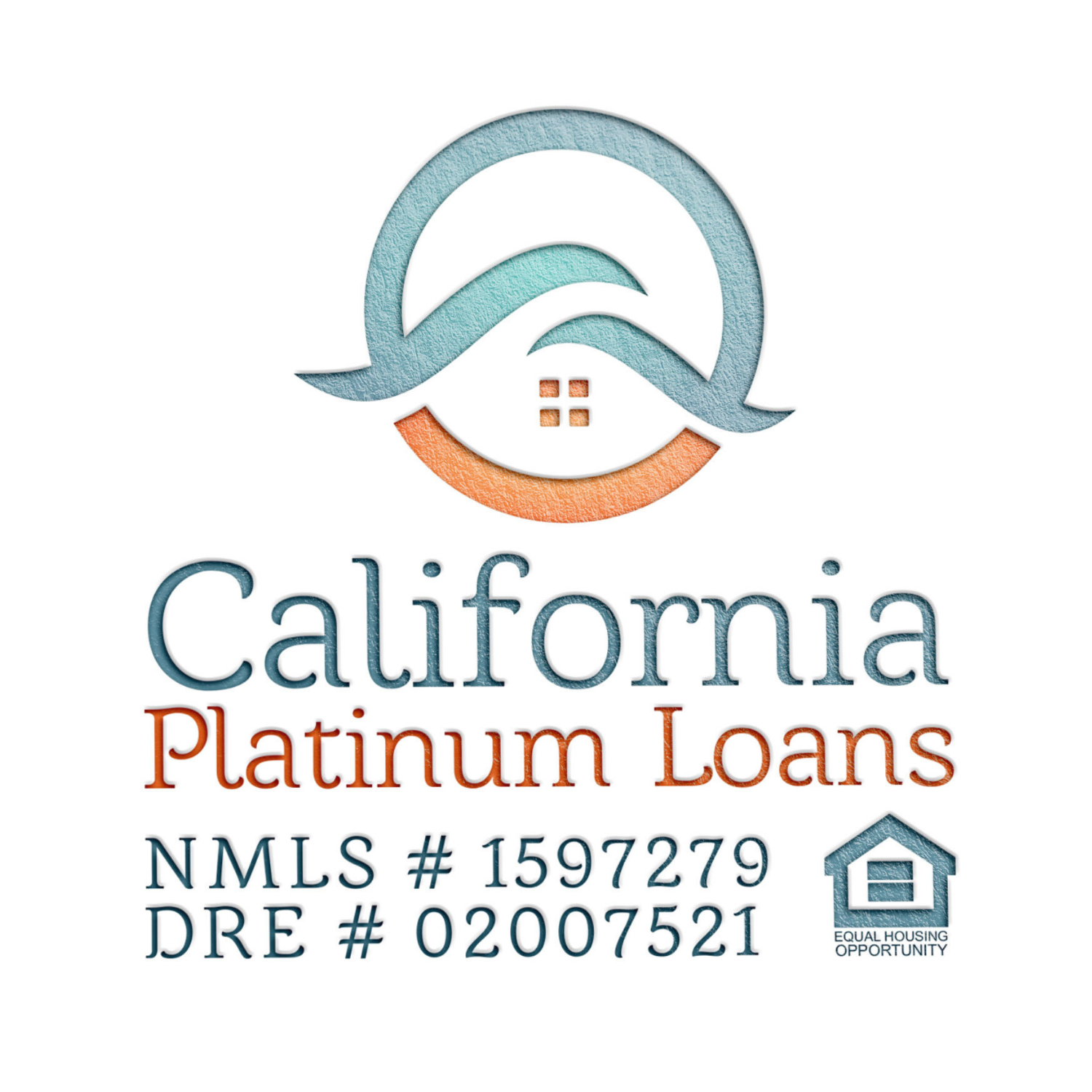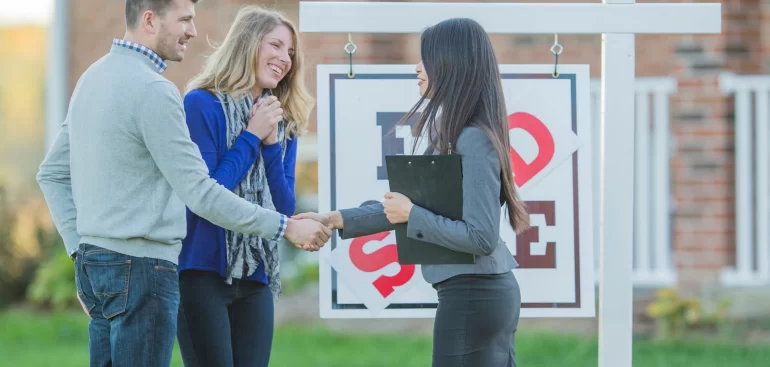Introduction: Charting a Course in Today’s Real Estate Market
As we embark on 2024, it’s crucial for investors and high-end home buyers in California to navigate the real estate waters with precision and foresight. The ever-evolving economic landscape, characterized by fluctuating mortgage rates and unique market dynamics, calls for a well-crafted strategy to achieve investment success. Understanding how to leverage current conditions, like today’s average mortgage rates, can set the stage for a prosperous year in real estate investment.
Analyzing the 2024 Economic Climate for Real Estate
The start of the year has brought with it a unique economic scenario, especially in the real estate sector. The national average interest rate for a 30-year fixed mortgage is currently at 6.99%, a slight decrease from the previous week. This trend is not just a number but a beacon for potential investors and luxury property buyers in California. The dip in interest rates, though modest, can have significant implications for investment strategies and long-term financial planning.
Setting Smart Investment Goals in the Luxury Market
In the context of California’s high-end real estate market, setting investment goals for 2024 requires a blend of ambition and pragmatism. Investors should focus on properties that not only promise attractive returns but also align with their broader financial objectives. This might include diversifying into emerging neighborhoods, investing in properties with potential for appreciation, or even considering properties that offer rental income opportunities. The key is to align these goals with current market trends and personal financial aspirations.

Leveraging Current Mortgage Rates for Maximum Advantage
The current mortgage rates present a double-edged sword. On one side, they offer the chance to secure financing at rates that could lead to long-term savings. On the other, they demand a strategic approach to loan selection and timing. For investors, this means meticulously analyzing different mortgage options, understanding the implications of fixed versus adjustable rates, and deciding when to lock in a rate. In a market like California’s, where property values are high, even a fractional difference in interest rates can have a substantial impact on overall investment returns.
Long-Term Planning and Diversification: The Key to Success
In real estate investment, especially in a market as dynamic as California’s, long-term planning and diversification are not just strategies but necessities. Investors should look beyond the immediate horizon and plan for various market scenarios. This involves diversifying investments across different property types, geographical areas, and even investment styles. Whether it’s through direct property ownership, real estate investment trusts (REITs), or crowdfunding platforms, the goal is to create a portfolio that can withstand market fluctuations and yield sustainable returns.
As we delve deeper into 2024, setting and achieving real estate investment goals in California will demand a keen understanding of the market, an astute approach to financial planning, and the agility to adapt to changing conditions. With the current mortgage rates as a starting point, investors and luxury home buyers are in a position to make strategic moves. By staying informed, diversifying investments, and planning for the long term, they can navigate the complexities of the California real estate market and set a course for financial growth and stability in the year ahead.



